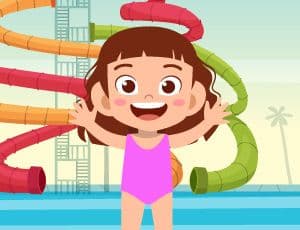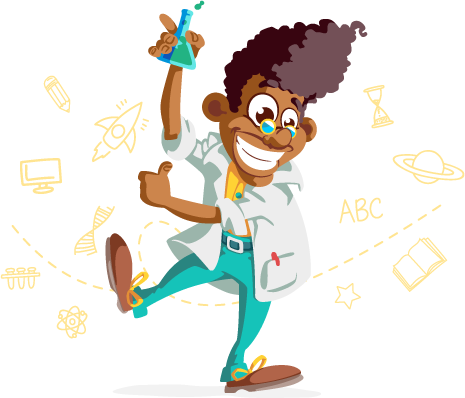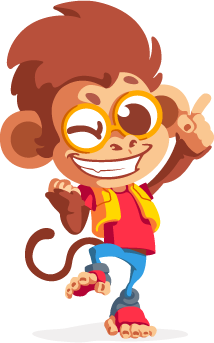Escola Games | Jogos Educativos
https://www.escolagames.com.br
Teacher's support sheet

Human Body
We are at the club playing ball in the pool. Take the opportunity to learn the parts of the human body: arms, legs, hands, feet, and many others.

Teacher's tips
Level of Education: Preschool
Subject Subject: Sciences
Theme: Natural Sciences - Human Beings and Health
Age: 04 to 07 years old
Body parts are vital content to explore with children. After students are comfortable with the vocabulary, they can use it to describe themselves and others.
This interactive game is a great option to play with students and explore this topic. Children can easily understand the commands with the audio and the drawings, associating the body parts with their names. [FIM-DICA]
Learner outcomes
To learn, identify, and name body parts;
To talk about differences and learn to respect them;
To develop motor coordination e concentration;
To reinforce content discussed during the classes.
Teachers' goals
To provide children with knowledge of the human body;
To offer the game as a didactic resource to explore the content discussed in the classroom;
To expand students' knowledge;
To reinforce content discussed during the classes.
Suggestions of approaches for the teacher
(Approach 1)Take students to the court and ask them to draw a classmate's body on the floor using chalk. Take the opportunity to reinforce that each person is different from others. Help students understand and respect differences.
(Approach 2) Help students paint with their hands.
(Approach 3) Sing and dance "Head, shoulders, knees, and toes."
(Approach 4) Create flashcards with images and names of the body parts.
(Approach 5) Plan an interdisciplinary project with the P.E. teacher. Take students to court to do stretching exercises.
(Approach 6) Make a human body replica with playdough.
(Approach 7) Play different songs and ask students to dance according to their rhythms. Then, gather students and ask which songs work with more or less body movements. Which songs made you move your arms more?
And your hips?
(Approach 8) Play mimics and guessing games.
(Approach 9) Assemble with students a full-size anatomy model.
(Approach 10) Assemble a noodle skeleton.
More about the content
To work with body parts, develop an interdisciplinary project with P.E., Maths, English, Music, and Literature classes.
Here are some suggestions for this project:
Puzzles with the body parts;
Make the contour of the children's body on butcher paper and then each student will complete their outline with fabric flaps, magazine clipping, buttons, wool, etc.
Make the human body with modeling dough;
Watch educational videos about the human body;
Propose asymmetry activities, asking students to complete the other half of the body (give them a sheet with only the right side of the body drawn);
Work with music that explores the body parts;
Organize psychomotricity activities involving movement, balance, laterality, and rhythm skills through games, exercises, and musicality.
Use a stethoscope to listen to their hearts.
Observe the fingerprints with a magnifying glass;
Ask them to bring X-rays, if they have them, for observation of the bones;
Bring a mirror into the classroom to explore the body and its parts.
For this Project, it is important to have a general objective:
Awaken in the child the awareness of their body, the knowledge of each of its parts, functions, and care, so that they realize its possibilities and limitations, differences and similarities, and the importance of each person as a unique being.
